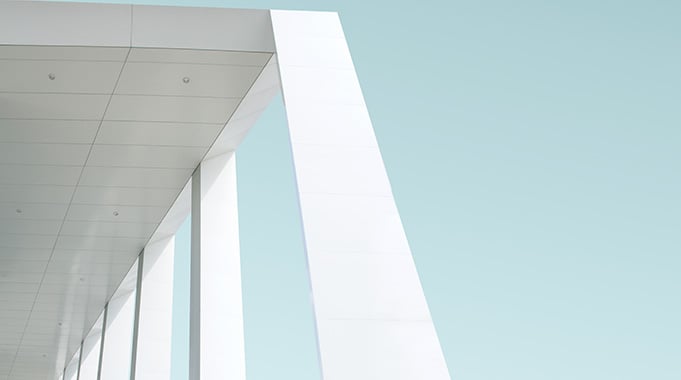
Large, thin tiles have become great trend in the ceramic industry and lately the market has responded with higher demands for those sizes. However, manufacturing these big slabs involves some big challenges. The difficulties tile makers face when producing these sizes are related to the mechanics of the tile, the manufacturing methods and the raw materials. One of the greatest challenges has been the conflicts in Ukraine, where most of the clay to manufacture these types of tiles comes from. This has affected significantly the market pricing.
WHY DID UKRAINIAN CLAY BECOME POPULAR?
When it entered the market, Ukrainian clay was 10 times cheaper than the British proportionate. With its amazing plastic properties, Ukrainian clay soon became the preferred of the Italian makers, driving the development in large size manufacturing. It implied that the thickness expected to keep the quality of the enormous tiles was affordable. Plus, the high-quality clay allowed them to improve their products. Regardless of the large measurements and the difficulties, thinner tiles with a magnificent quality hit the market.
CLAY COSTS KEEP RISING
With its huge stores of great quality clay, the Donetsk zone in the east of Ukraine before long turned into the biggest provider of raw material for the European market. After the Russian occupation of Crimea in 2014, the export choked, and costs became five times higher than when the Ukrainian clay entered the market. An industry confronted with raw material expenses being five-multiplied, either looks to alternative suppliers or changes their production techniques to be less reliant on the costly material. However, most times, nearby clays were not up to standards.
CHANGE OF PRODUCTION STANDARDS: BACK TO LOCAL CLAYS
For tile manufacturers, bigger tiles and, furthermore, lightweight tiles, were exceptionally valued. Nonetheless, its technical necessities forced an adjustment in the production standards and formulas.
Tile manufacturers had to investigate in order to find the best production process that satisfied the markets’ needs. Tile makers went to local variations for help. However, it is complicated to find good enough replacements to this clay that can cope with the existing manufacturing standards for large tiles. Clay conditioners have been known in the market for years, although not broadly used. In today’s situation, producing immense pieces is only feasible when utilizing clay conditioners. Trying to produce these pieces without clay additives would mean fragile tiles, poor quality and increase in costs due to losses that will hinder market growth.
In order to avoid using high priced Ukrainian clay, tile manufacturers are including some kind of conditioner in their production process. In the last years, we’ve seen an increasing interest for greener additives, especially in the Italian market, which means moving away from oil-based chemicals to ensure the quality standards needed, but also taking care of the environment.
Advanced biopolymers have the capability of transforming low-quality raw materials that are locally available into top-notch clays that can match the properties of the Ukrainian one and are a sustainable alternative to oil-based additives. Adding a couple of drops of these advanced biopolymers in the local clay will make it denser, more plastic and stronger, being able to replace the expensive Ukrainian clay while maintaining workability and quality.
Download our free e-book to learn all about ukrainian clay replacement!





